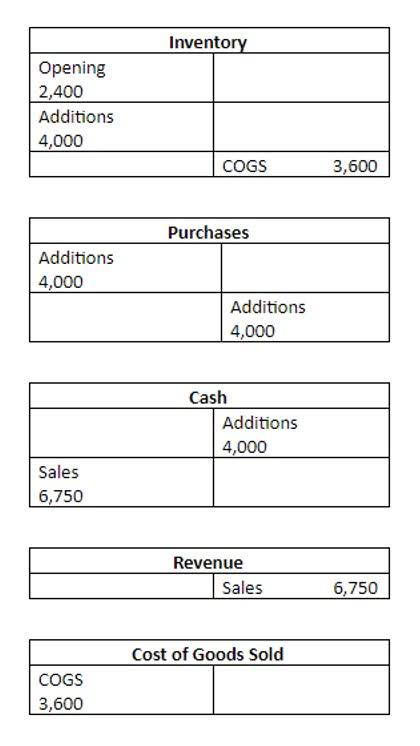
In summary, while both expenses and liabilities involve the outflow of resources, they are fundamentally different in terms of their nature, timing, and impact on financial statements. Expenses are net sales directly tied to daily operations and affect profitability within a specific period, whereas liabilities are long-term financial obligations that reflect a company’s debts. A clear understanding of both is essential for managing a company’s financial health effectively.

Accounts Payable vs. Accrued Expenses: Understanding the Differences and Proper Accounting Practices

Instead, the company directs an invoice for the assistance provided to make it easier for the engine oil company to produce payment at a later time. For instance, if the company provides anatomist services to engine oil companies for the removal of engine oil and the responsibility doesn’t require payment to be made instantly. So, expenses and income make up an integral part of the owner’s collateral.
Types of Expenses
If their expenses greatly outrun their revenues, they’ll simply run out of operating capital, meaning they’ll have to turn to dilutive rounds of venture financing or go out of business. Liabilities and expenses are particularly important to startups, which often have negative cash flows or operate at a loss. These companies need to stretch their initial equity and any debt they can raise for as long as possible. These consist mainly of long-term debt maturing in more Grocery Store Accounting than one year. How we use your email address Berxi will not sell or rent your email address to third parties unless otherwise notified. Other than where necessary to administer your insurance policy or where required by law, Berxi will not disclose your email address to third parties.

Relationship Between Expenses and Liabilities

Spa Booker, our example company, offers its employees 20 days of paid time off (PTO) per year. At the end of each month, the company needs to record an accrual expenses vs liabilities for the vacation time that has been earned by employees but not yet taken. A supplier might provide the products or services now, but businesses purchase them at an agreed-upon later day.
Typical cost of general liability insurance
- General Liability Insurance is especially important for businesses that engage directly with clients, customers, or suppliers.
- In summary, while both expenses and liabilities involve the outflow of resources, they are fundamentally different in terms of their nature, timing, and impact on financial statements.
- However, there is a lot more to know about liabilities before you can say you know what the word “liability” means in corporate finance.
- These include operational expenses like salaries, office supplies, and marketing costs.
- Small businesses sometimes struggle with the difference between their expenses and liabilities.
Choosing between General Liability Insurance (GLI) and a Business Owner’s Policy (BOP) necessitates a thorough assessment of your company’s activities, resources, and possible risks. Every policy has unique functions, and selecting the appropriate one relies on the particular requirements and framework of your business. Liability can be an essential requirement of a business as most of the time; investments are what keeps the business in running condition. Bonds payable are considered a long-term risk and are frequently issued by local governments, hospitals, or utilities.
- While liabilities are debts incurred to finance operations or investments, expenses are costs incurred to generate revenue or maintain operations.
- To record expenses, debit the expense account and credit the corresponding asset or liability account, depending on the payment method.
- An expense is actually a payment by the business as the result of the goods or services.
- These include borrowings that exceed one year or debts from financial institutions.
- It includes limited coverage for personal and advertising injury claims as well.
- She has held multiple finance and banking classes for business schools and communities.
- Expenses are subtracted from revenues in the income statement to determine net income.



Add comment